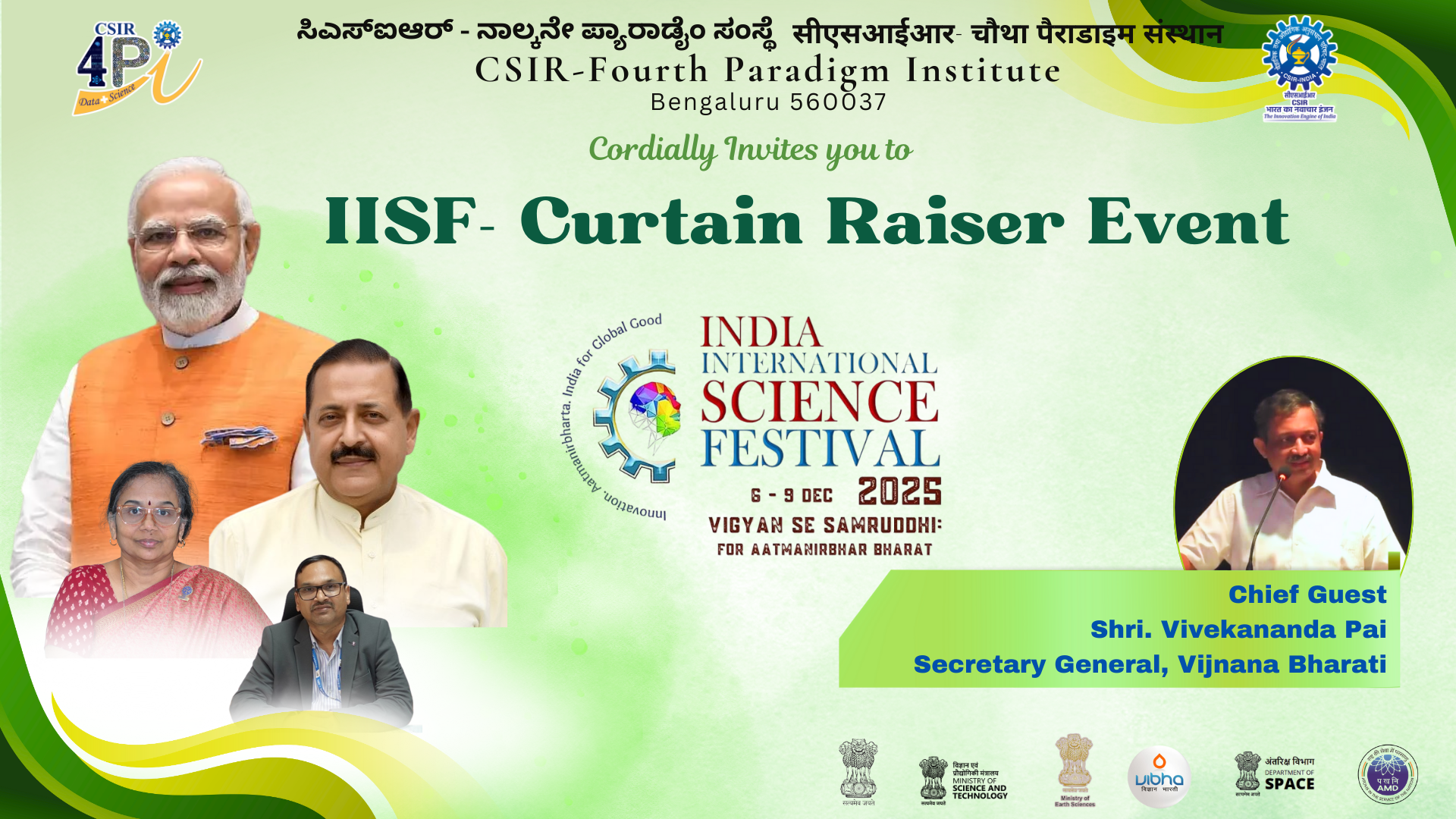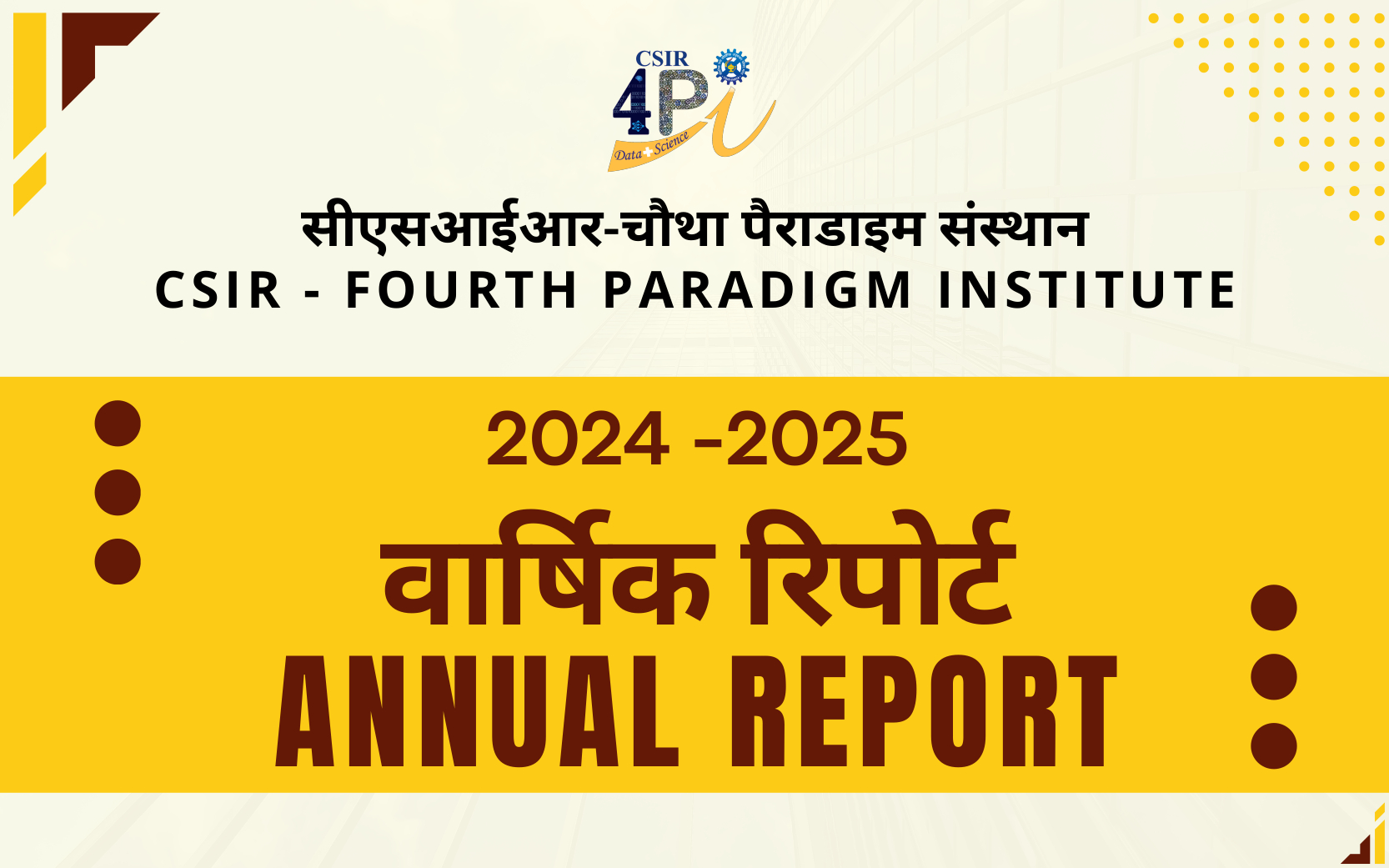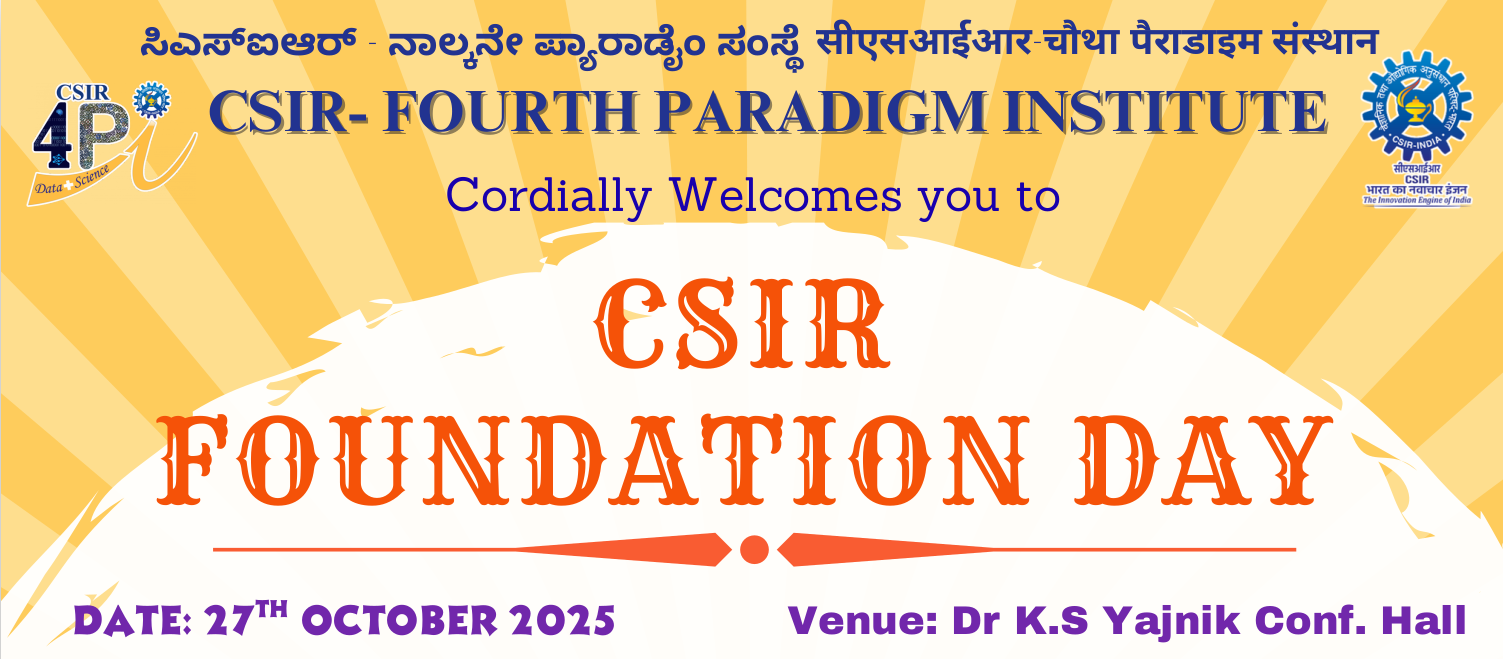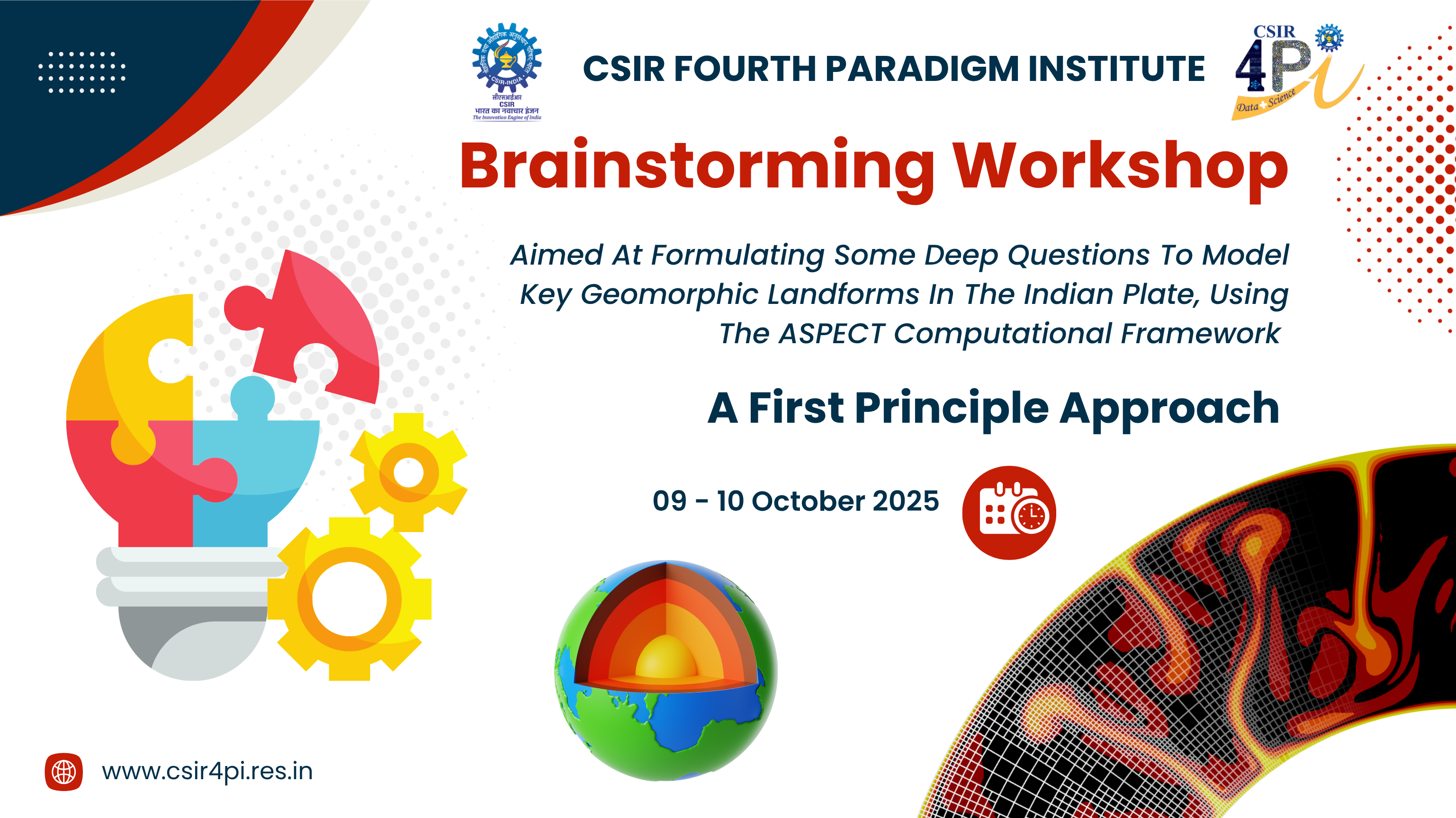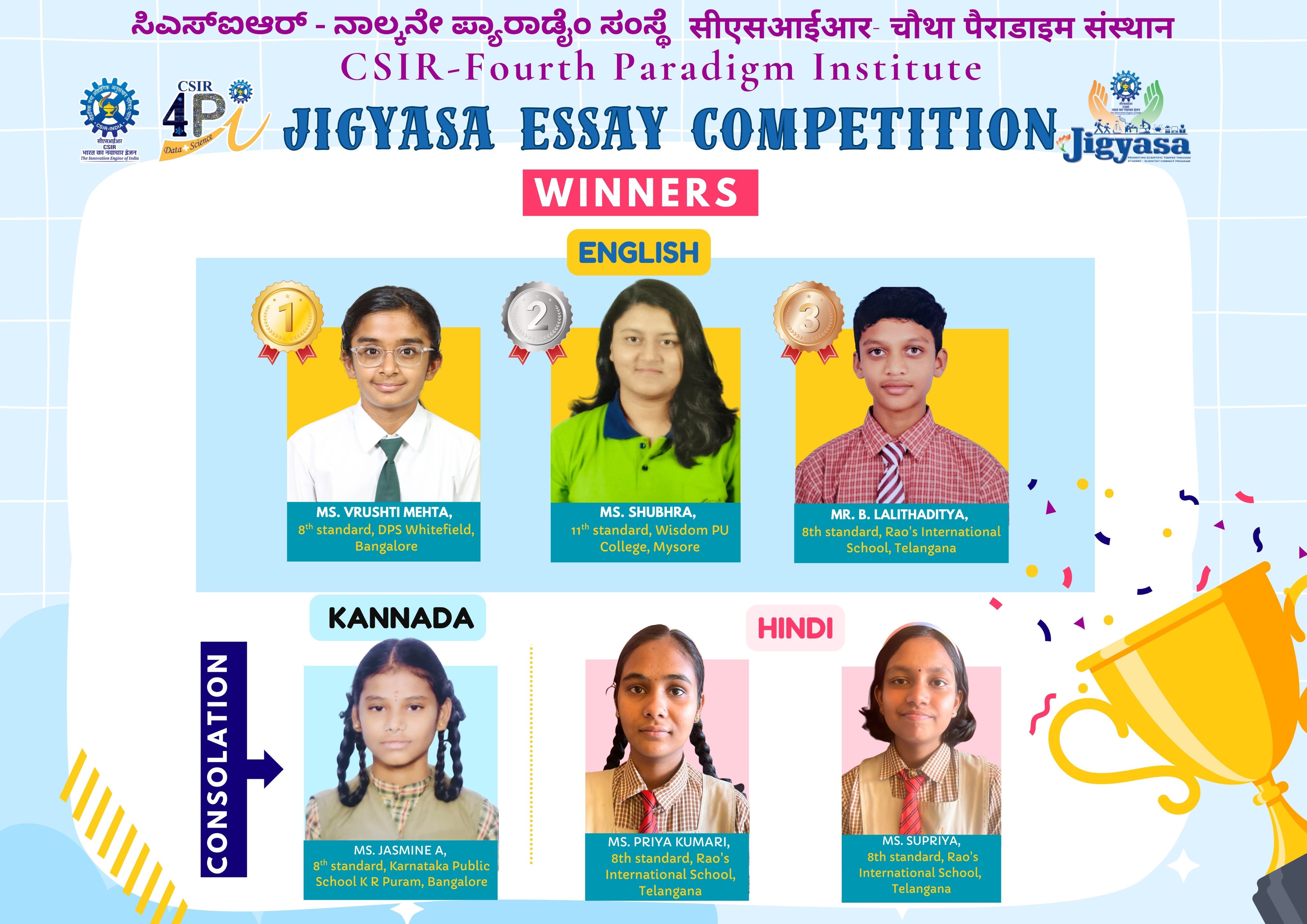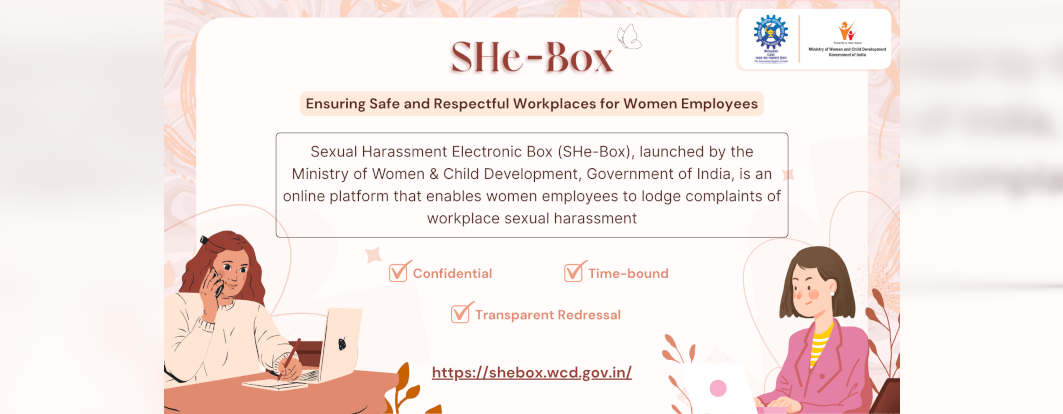Assessing the dynamics and thermodynamics of Monsoon onset: The impact of ENSO
by Smrutishree Lenka, K. C. Gouda, MOHAN T. S., Rani Devi and V. S. Prasad
This study examines the mechanisms involved in the onset and progression of the monsoon over the Indian subcontinent by analyzing key dynamical and thermodynamical processes. Additionally, it investigates the characteristics of monsoon onset during various ENSO phases. To achieve this, we utilized long-term observations and ERA5 reanalysis data to conduct a comprehensive study on the onset and related characteristics.
Results indicate that, a robust connection between the thermal gradient in both zonal and meridional directions and the corresponding vertical wind shear both across the active monsoon shear domain (MSD) and Kerala domain (KD). It is found that, this relationship varies across different time scales i.e., annual, seasonal (ISM-length), and onset pentad (p0), underscoring that the intensity of monsoon convection hinges on the thermal gradient and wind shear. The analysis concludes that presence of weak vertical wind shear, creates a stable state and the presence of a significant thermal gradient, characterized by minimal variations in wind speed and direction at different altitudes, are critical factors that facilitate the monsoon onset. Further, El Niño tends to increase wind shear over the Indian subcontinent and leads to a delayed monsoon onset. Elevated geopotential height during an El Niño year indicates the existence of a high-pressure region, which is an unfavorable condition for the onset of the monsoon. Analysis of temperature tendency equation exhibit a robust diabatic heating which is linked to a Gill-like Rossby wave response, initiating thermodynamic interactions with midlatitude westerly jet. Furthermore, this study also gives an indication of the influence of central pacific (CP) warming events and its influence on monsoon onset characteristics, which needs further exploration.

